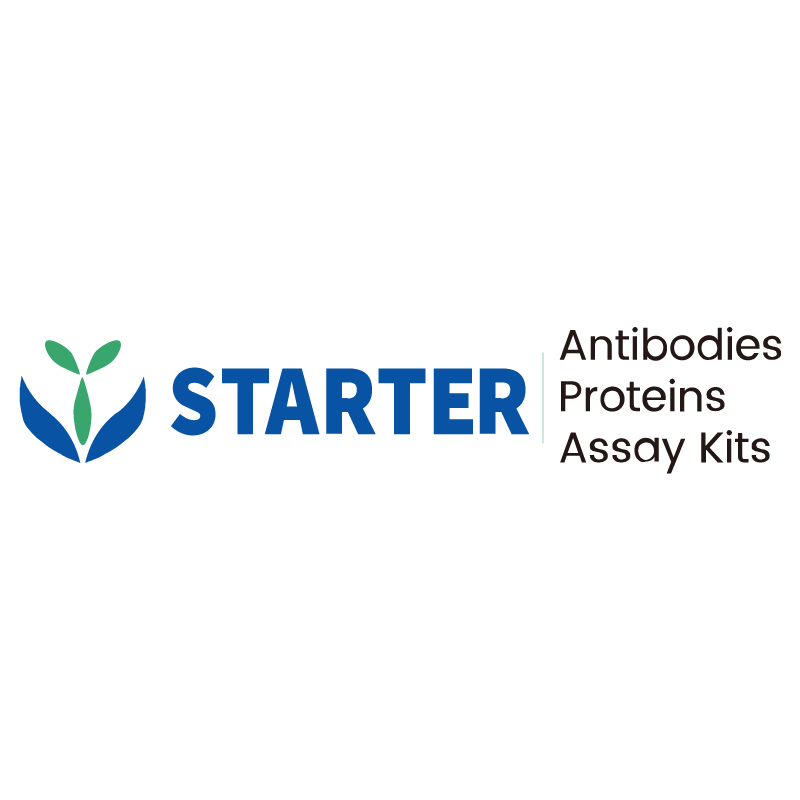Human PBMC (human peripheral blood mononuclear cells) were stained with Mouse CD3 - Brilliant Violet 421™ and then fixed and permeabilized with Foxp3/Transcription Factor Fixation/Permeabilization buffer and then intracellularly stained with ZAP-70 Antibody 1/2000 (0.1 μg) dilution/ (Right panel) compared with a Mouse IgG2b, κ Isotype Control / (Left panel). Goat Anti - Mouse IgG Alexa Fluor® 647 was used as the secondary antibody
Product Details
Product Details
Product Specification
| Host | Mouse |
| Antigen | ZAP-70 |
| Synonyms | Tyrosine-protein kinase ZAP-70; 70 kDa zeta-chain associated protein; Syk-related tyrosine kinase; SRK; ZAP70 |
| Location | Cytoplasm, Cell membrane |
| Accession | P43403、P43404 |
| Clone Number | S-R678 |
| Antibody Type | Mouse mAb |
| Isotype | IgG1,k |
| Application | FCM |
| Reactivity | Hu, Ms |
| Positive Sample | Human PBMC |
| Purification | Protein G |
| Concentration | 2 mg/ml |
| Conjugation | Unconjugated |
| Physical Appearance | Liquid |
| Storage Buffer | PBS pH7.4 |
| Stability & Storage | 12 months from date of receipt / reconstitution, 2 to 8 °C as supplied. |
Dilution
| application | dilution | species |
| FCM | 1:2000 | Hu, Ms |
Background
ZAP-70 (Zeta-chain-associated protein kinase 70) is a cytoplasmic protein tyrosine kinase that plays a crucial role in T cell receptor (TCR) signaling and is essential for T cell activation and development. It is primarily expressed in T cells, natural killer cells, and a subset of B cells. When the TCR binds to an antigen, the tyrosine kinase Lck is activated, phosphorylating the immunoreceptor tyrosine-based activation motifs (ITAMs) on the CD3 complex. These phosphorylated ITAMs serve as docking sites for ZAP-70, which is then activated and phosphorylates downstream molecules such as the linker for activation of T cells (LAT) and the SH2-domain-containing leukocyte protein of 76 kDa (SLP-76). This cascade of events leads to T cell activation, proliferation, and differentiation. In addition, ZAP-70 expression in B cells is associated with chronic lymphocytic leukemia (CLL), making it a potential biomarker and therapeutic target.
Picture
Picture
FC


